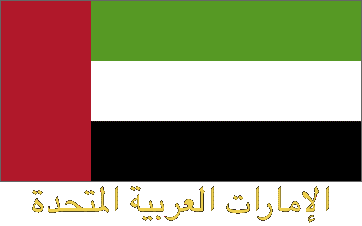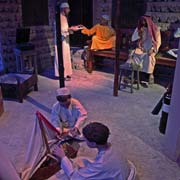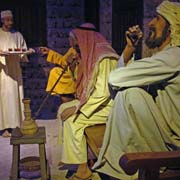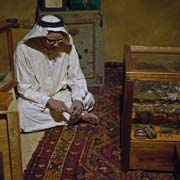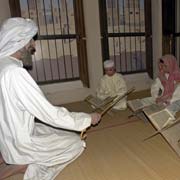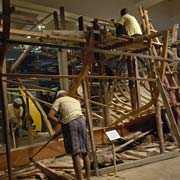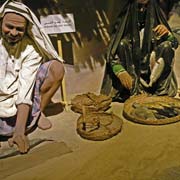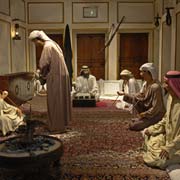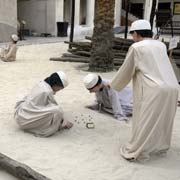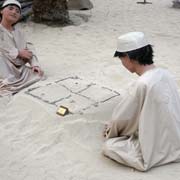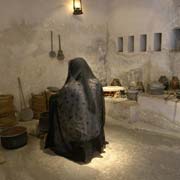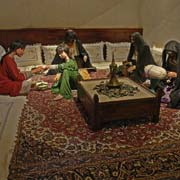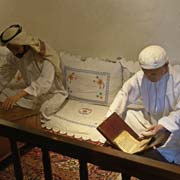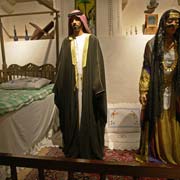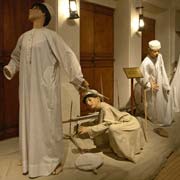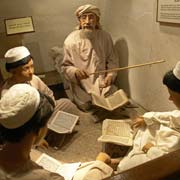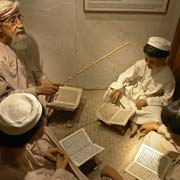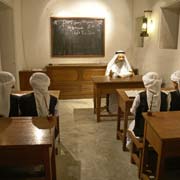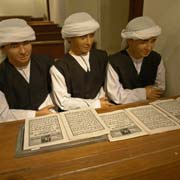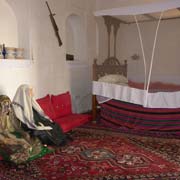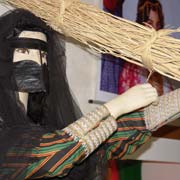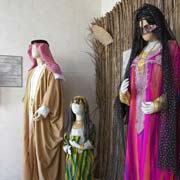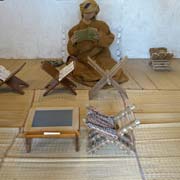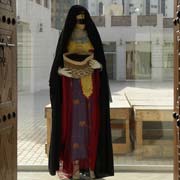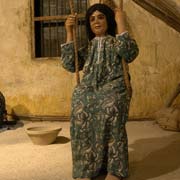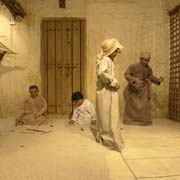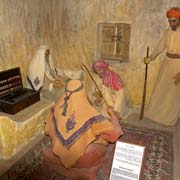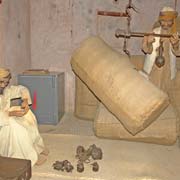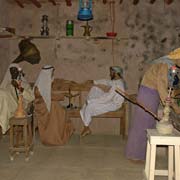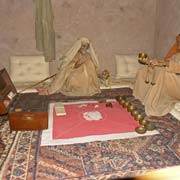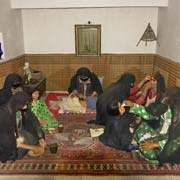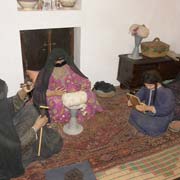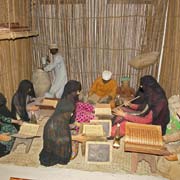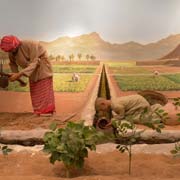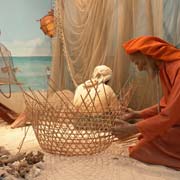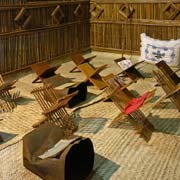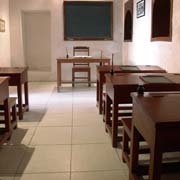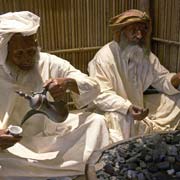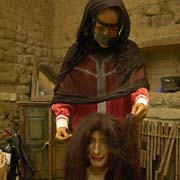Photos of Cultural displays in the Emirates' Museums, United Arab Emirates
Cultural displays in the Emirates' Museums
The United Arab Emirates has an impressive number of museums, housed in restored old forts and traditional houses that showcase the rich traditions and traditional life of the people, usually with life-size mannequins in full traditional attire.
you may then send it as a postcard if you wish.
Although Dubai is now mainly known for its modern architecture and headlong rush into modernity, the past is kept very much alive and historical buildings have been extensively restored in the old neighbourhoods of Deira, Bur Dubai and Al Shindagha. The Al Fahidi fort in Bur Dubai, dating from around 1787 and believed to be the oldest building in Dubai, is now an excellent museum where many aspects of traditional life are displayed with life-size dioramas. There are scenes of a traditional coffee house, jewellery workshops, spice shops, schools and even a dhow workshop with clever use of a mirror, giving the impression a full-size boat is being built.
Another very interesting place is a traditional house in Deira, built in 1890 and extended in 1910 by Sheikh Ahmed Bin Dalmouk, a pearl merchant; in 1935 it was further extended by Ibrahim al-Said Abdullah. Its rooms are also occupied by life-size mannequins showing life as it used to be: a "Majlis" or meeting place for men and a women's area, scenes from daily life, children at play, a bride and groom in full traditional dress. It is all very well done and really shows off the old culture of the Emirates.
The Al Ahmadiya School in Deira has also been lovingly restored. This school was established in 1912 by Sheikh Mohamed Bin Ahmad Bin Damouk. Teaching was at "Katatib" to boys by religious men known as "Al Muttawa" in their own homes. Education was limited to reading the Holy Qur'an, writing, arithmetic and Arabic calligraphy; their teacher had a cane at the ready for swift discipline. A more formal classroom is also displayed. Sharjah, too, has a historic school, the Al Eslah School Museum; this was the first formal educational institution in the Emirates, set up in 1935 in the original Al Qasimi School. The Sharjah Heritage Museum in Sharjah city also showcases a school room, with the book stands that were common then. It also has displays of various costumes for men, women and children.
Ajman's excellent museum is housed in the old Police Fort, built in the late 18th century. Possibly the most interesting exhibits here are the life-size dioramas, portraying everyday scenes from the past. On the ground floor, around the large inner courtyard, the exhibition rooms include a traditional bakery, a tailor, a barber, a herbal healer, pearl merchant, a traditional court and an old Arab coffee house. On the first floor is a Qur'an school and an old police station. There are exhibits showing children's games, the practising of medicine by both men and women and the life of farmers and fishermen. It gives a great insight in traditional life, including a display of farming using the traditional "falaj" system of irrigation and a display of life on the shore, with boats and basket weaving.
Further afield, the National Museum of Al Ain is a modern building next to the Sultan Fort. It has many displays, including one of men drawing water from a well. And a display of women preparing a bride for her wedding can be seen at the Fort in the Heritage village of Hatta.


